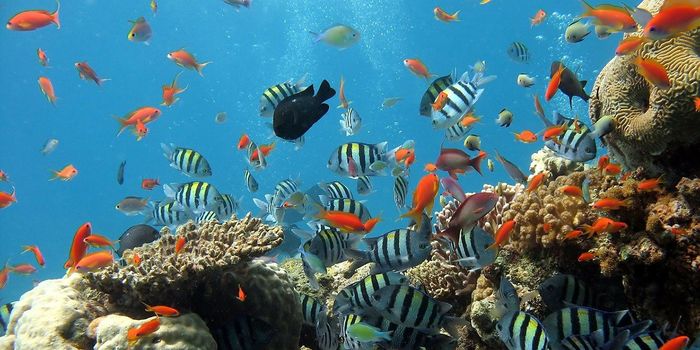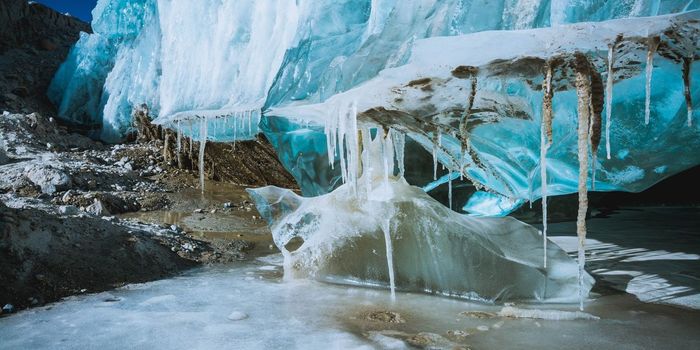If you've ever seen water collect into a near-perfect sphere on the surface of a lotus leaf or a rose petal, you've witnessed a phenomenon called superhydrophobicity. The term describes surfaces that are so ultra water-repellent that no liquid can penetrate. In other words, these surfaces seemingly can't get wet.
Inspired by nature, chemists have developed a synthetic way to make things superhydrophobic. In essence, the surface of an object is altered at the nanoscopic level to be extremely rough. This combined with a hydrophobic layer makes it nearly impossible for water to join in.
The applications for superhydrophobic material are endless. Imagine windshields that stay dry when it rains, or set of gears (coat, boots, umbrella) that will actually keep you from getting wet in the rain. The coating is also considered for use for surgical equipment and electronic components.








